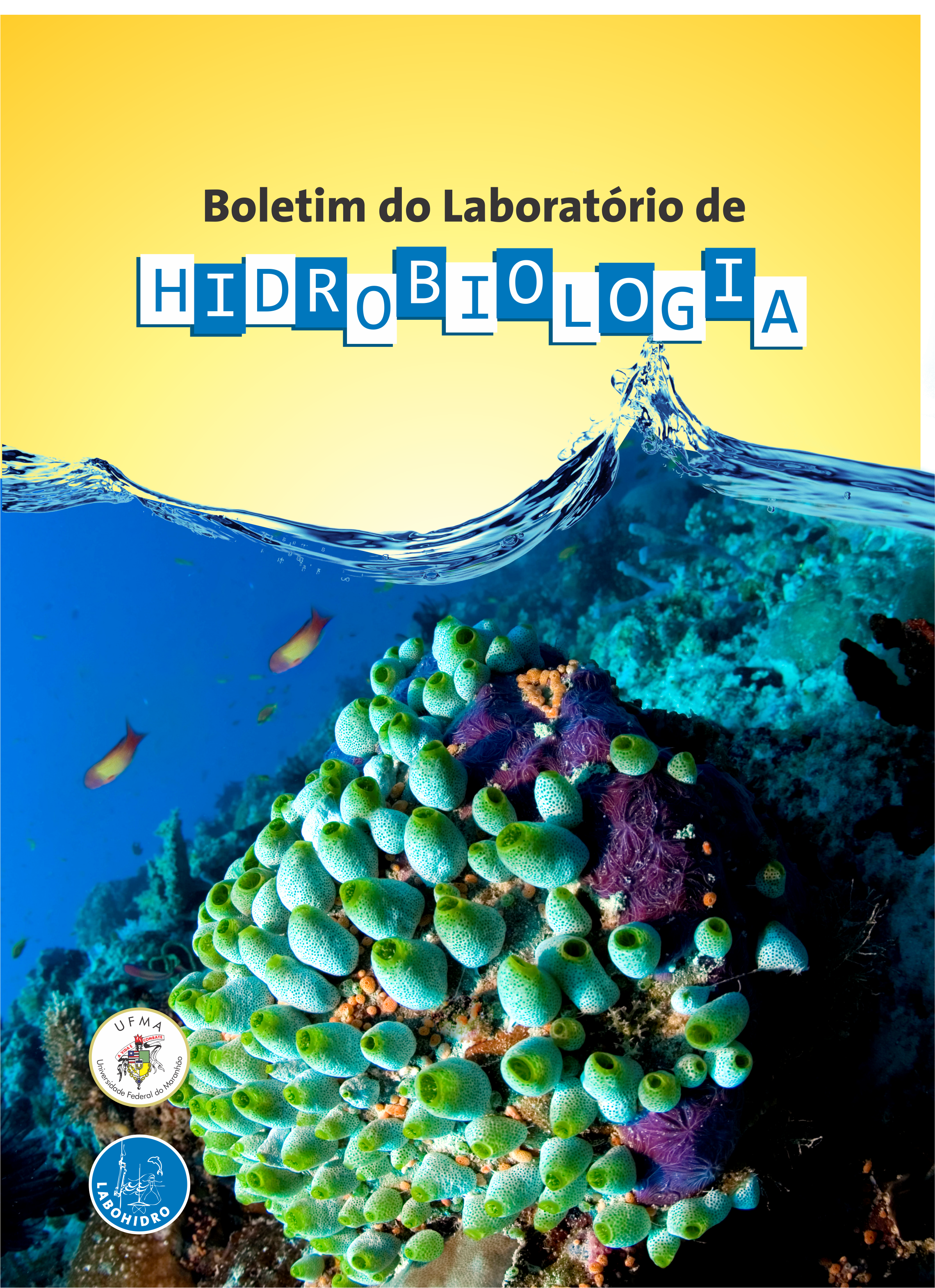FLORISTIC OF AQUATIC MACROPHYTES FROM TEMPORARY PONDS IN JAGUARARI, BAHIA
DOI:
https://doi.org/10.18764/1981-6421e2023.2Keywords:
disturbed environments, bioindicators, conservationAbstract
The Caatinga, an exclusive Brazilian ecosystem, mostly characterized as a semi-arid climate, has a hot climate and irregular rainfall, where temporary lakes appear in the rainy season. The temporary ponds are unique habitats that are home to a variety of plant and animal species adapted to changing environmental conditions. With human activity, these temporary ponds are increasingly disappearing, bringing an end to these ecological sites that are home to a significant number of species. Recognizing the importance of these species for the maintenance of the ecosystem, the objective of this work was to carry out a floristic survey of the aquatic macrophytes present in temporary ponds in the city of Jaguarari, BAHIA. For this, botanical collections were carried out during the period from December 9, 2020 to March 9, 2023, where the temporary ponds of the city of Jaguarari, Bahia were visited during the rainy season. The species were collected following the usual collection norms, three to five samples from an individual in a fertile state. After collection, the drying and herborization patterns of the material were followed. The material was incorporated into the collection of the Herbarium Vale do São Francisco – HVASF. The plants were identified by comparative methods with other samples already listed in herbariums, use of botanical identification keys and consultation with specialists from each group. They were analyzed for their origin and biological form. Thus, 31 taxa belonging to 27 genera and 22 families were recorded. The most representative families in the survey were Cyperaceae (four species) and Boraginaceae (three species). Among the 31 species collected, 93.54% are native species, common in aquatic environments, and 6.45% are exotic plants. The biological form that was most representative in the study is amphibious plants (54.83%). Of the 31 species collected, three are endemic to the Caatinga ecosystem, these being Echinodorus palaefolius, Pleurophora anomala, Anamaria heterophylla, according to Flora and Funga do Brasil. Therefore, it is concluded that the flora depicted in the temporary ponds presents responses to how the environment is being managed. The study of these communities allows projects to be created to recover degraded areas, reducing the impact of anthropic action on these environments. To be effective, projects to recover these areas will have to differentiate the species that most benefit from this environment, controlling them, as well as invasive alien species. And also understand the bioindicator role of each species.
Downloads
References
BATZER, Darold P.; SHARITZ, Rebecca R. (Ed.). Ecology of freshwater and estuarine wetlands. University of California Press, 2014.
CAMPELO, M. J. A. et al. Macrófitas aquáticas nas áreas do Projeto da Integração do Rio São Francisco. Flora das caatingas do rio São Francisco: história natural e conservação. Andrea Jakobsson Estúdio Editorial, Rio de Janeiro, p. 193-229, 2012.
COOK, C. D. K. Water plants of the world . SPB. Academic Publishing, Amsterdan,The Netherlands, 1996.
GIULIETTI, A. M. et al. Espécies endêmicas da caatinga [Endemic species of the caatinga]. Vegetaçao e flora da caatinga [Flora and vegetation of caatinga]. Recife: APNE, p. 11-24, 2002.
HEGEL, Carla Grasiele Zanin; MELO, Evanisa Fátima Reginato Quevedo. Macrófitas aquáticas como bioindicadoras da qualidade da água dos arroios da RPPN Maragato. Revista em Agronegócio e Meio Ambiente, v. 9, n. 3, p. 673-693, 2016.
Irgang, B.E.; Pedralli, G. & Waechter, J.I. 1984. Macrófitos aquáticos da Estação Ecológica do Taim, Rio Grande do Sul, Brasil. Roessleria 6: 395-404.
LIMA, Liliane Ferreira et al. Composição florística e chave de identificação das macrófitas aquáticas ocorrentes em reservatórios do estado de Pernambuco. Rodriguésia, v. 62, p. 771-783, 2011.
PIVARI, Marco Otávio et al. Macrófitas aquáticas do sistema lacustre do Vale do Rio Doce, Minas Gerais, Brasil. Rodriguésia, v. 62, p. 759-770, 2011.
Downloads
Published
How to Cite
Issue
Section
License
Copyright (c) 2024 Boletim do Laboratório de Hidrobiologia

This work is licensed under a Creative Commons Attribution 4.0 International License.






